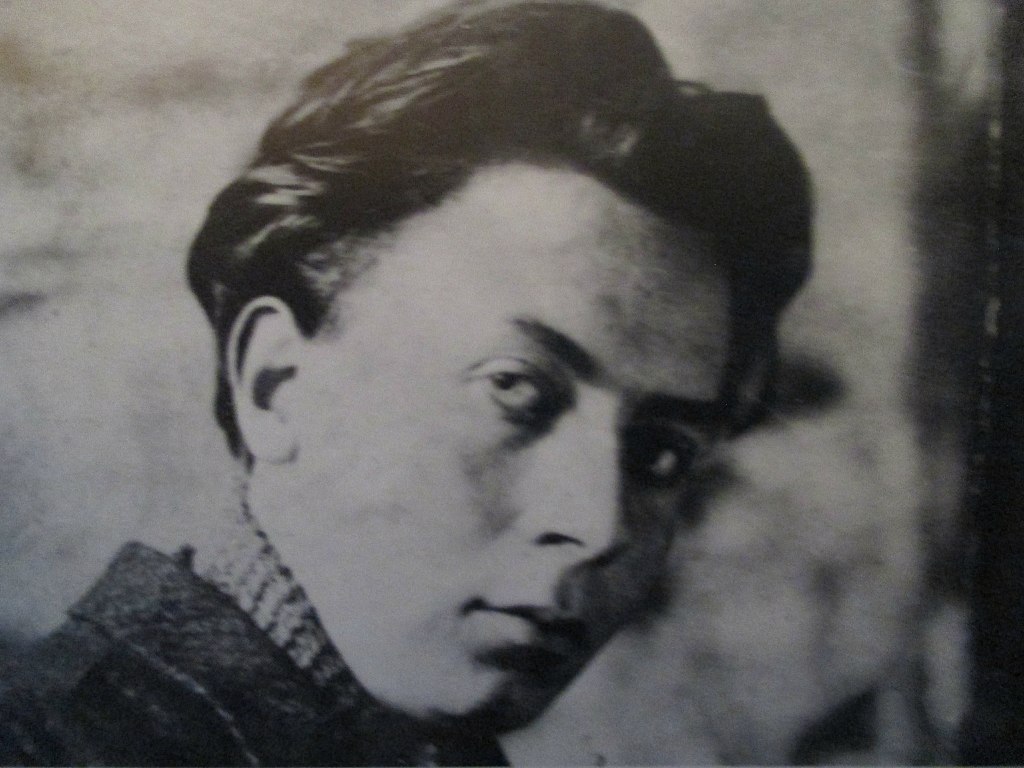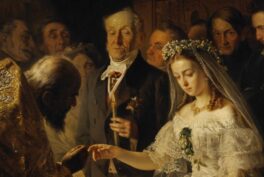The Revolutionary Love Affair of Georgia O’Keeffe and Alfred Stieglitz
The American painter Georgia O’Keeffe is best known for her abstract representations of flowers and desert landscapes. American photographer Alfred...
Mary Margaret Swets, 2 September 2024






















